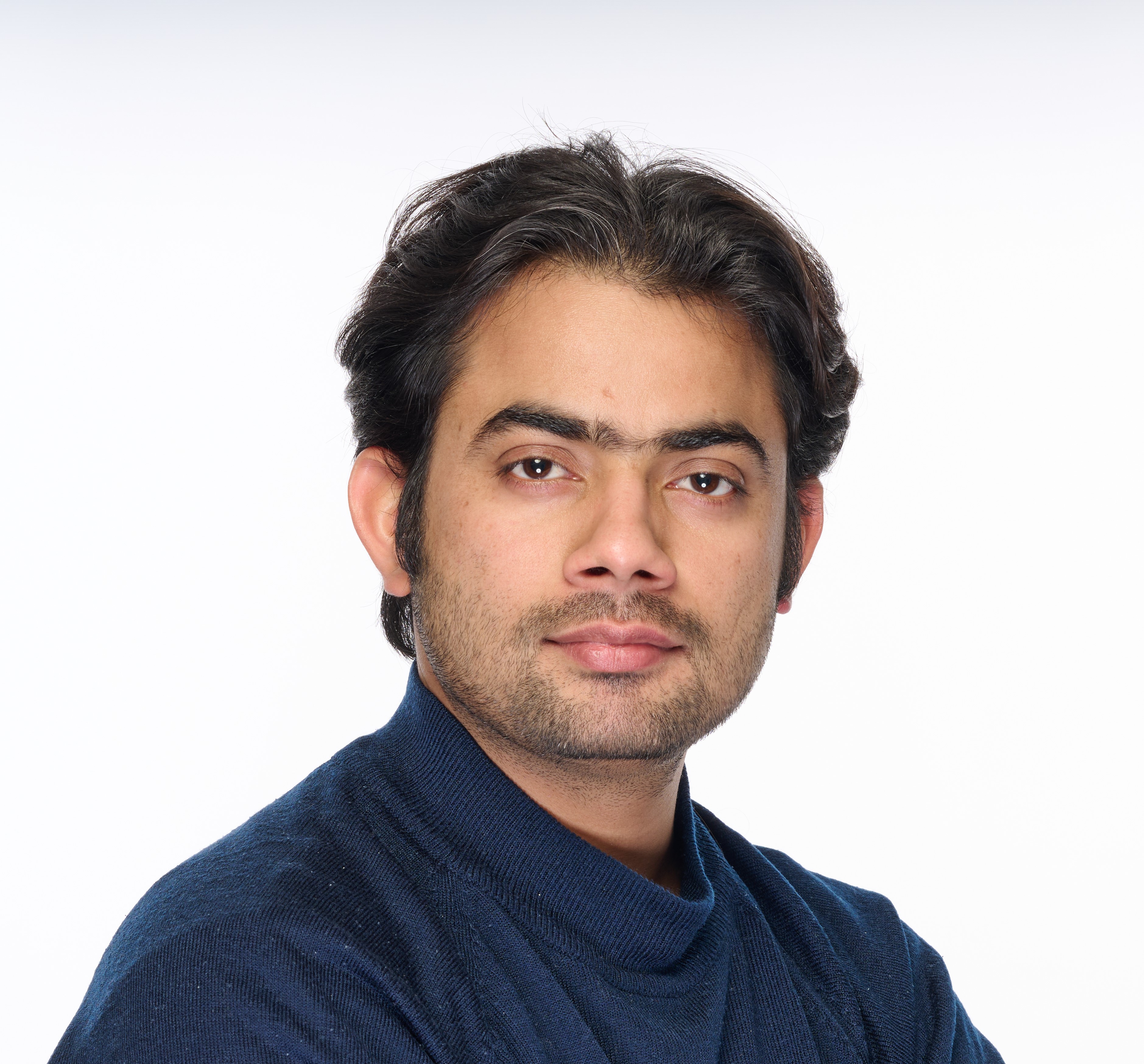You are here :
- EUTOPIA website
- Home
- Research & Innovation
- Fellowship
- SIF - Post-Doctoral Fellowships
SIF 3rd Cohort Fellows - Aditya Singh, University of Warwick

Curriculum Vitae
- Education
2015: Master of Science, M.Sc. (Physics), Department of Physics, University of Lucknow, India
2013: Bachelor of Science, B.Sc., Faculty of Science, University of Lucknow, India
- Experience
Dr. Aditya Singh is a Marie-Curie EUTOPIA Postdoctoral Fellow at the Department of Physics and Institute of Advanced Study at the University of Warwick (UoW), UK. His work is broadly investigating/studying optical and electrical properties of 2D materials and ferroelectrics-based heterostructure devices. Successful realization of these heterostructure-based devices will open up new opportunities to design novel architectures to encode and process information/data crucial for next-generation quantum technology.
Before joining Warwick, Dr. Singh was a postdoctoral researcher at Freie Universität Berlin, Germany, from 2022-2023. Dr. Singh obtained his PhD in 2022 from the Indian Institute of Technology (IIT) Delhi, India. During his PhD, he received many prestigious fellowship grants for his research. In 2021, he was a Fulbright-Nehru Fellow at the University of Pennsylvania, USA, and a Raman-Charpak Fellow at IPCMS-CNRS, France, in 2020. Also, he was awarded the University Grants Commission’s Junior Research Fellowship (JRF) and the INSPIRE Fellowship for his doctoral research. Dr. Singh is an associate editor of Colloid and Surface Science and an active reviewer of Advanced Functional Materials, Advanced Materials Interfaces, Surface and Interfaces, ACS Omega, Materials Today Communications, Chemistry Select, etc. Apart from studies/research, he has been actively involved in volunteering and social services. During his bachelor's, he worked in the National Cadet Corps (NCC) of the Indian Air Force and the National Service Scheme (NSS).
- Publications/Research achievement
Research Project:
Controlling Valley Current in Hybrid Material
Presently, electronic devices that we use in daily life are based on the flow of charges (electrons) in traditional bulk semiconductors materials such as silicon, germanium, etc. All over the world, scientists have been improving the performance of these electronic devices by making smaller-sized devices so that more devices can fit in the same area. However, due to imperfections at the surface of semiconductors, electron struggles to move through the materials, which causes slow performance of the device. To overcome this problem, possible solutions are (a) using another degree of freedom of electron such as valleys, (b) replacing traditional bulk semiconductors with atomically smooth two-dimensional (2D) semiconductors such as molybdenum disulfide, molybdenum diselenide or an alloy of both, and (c) using 2D ferroelectric material to inject charges into the semiconductor. These 2D semiconductors have valleys where information can be stored and processed by valley degree of freedom of electron without the significant loss due to scattering. So, we propose to develop a device based on alloyed 2D semiconductors and 2D ferroelectric material where we will use voltage to collect and process information which will be carried by valley degree of freedom of electron. Successful realization of the proposed device in a scalable way will pave the way forward for valleytronics for real-world data processing and computing applications.


